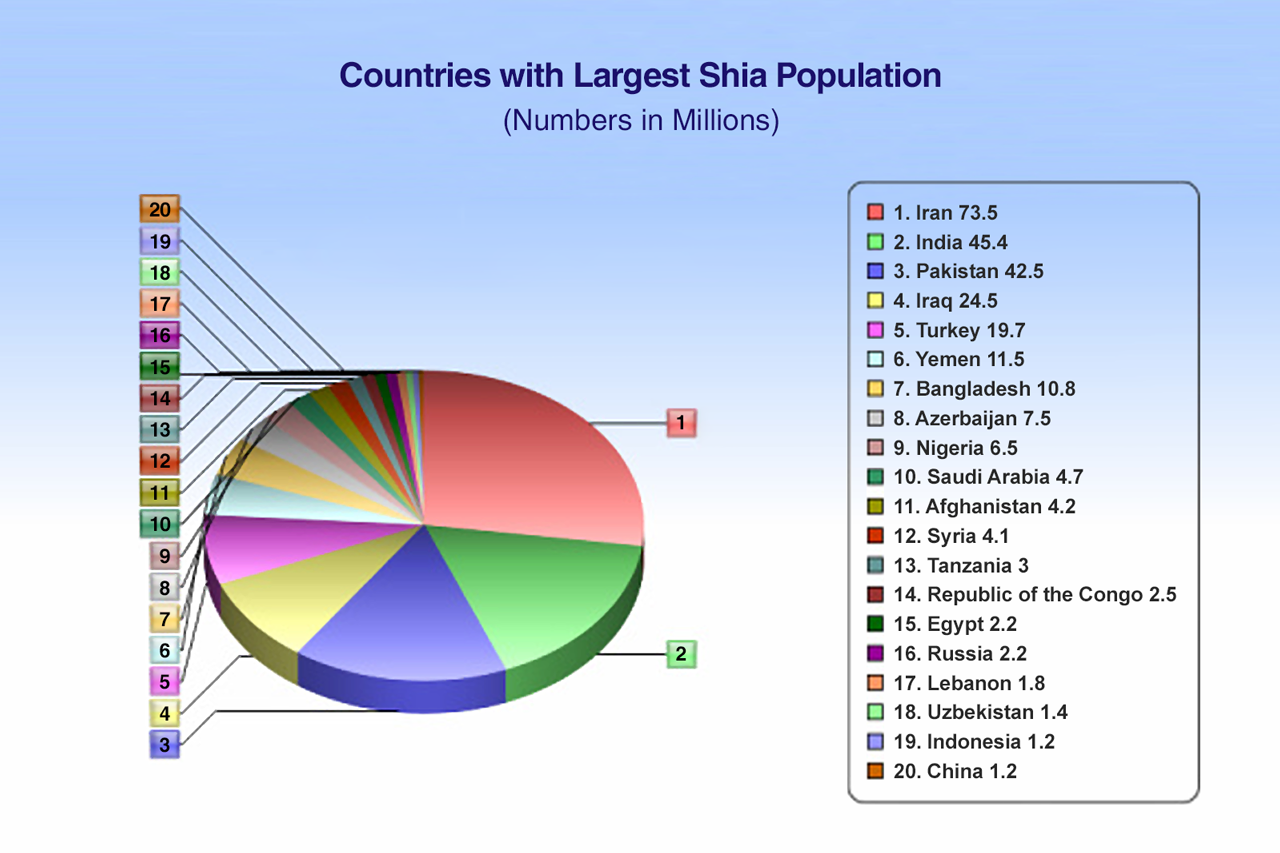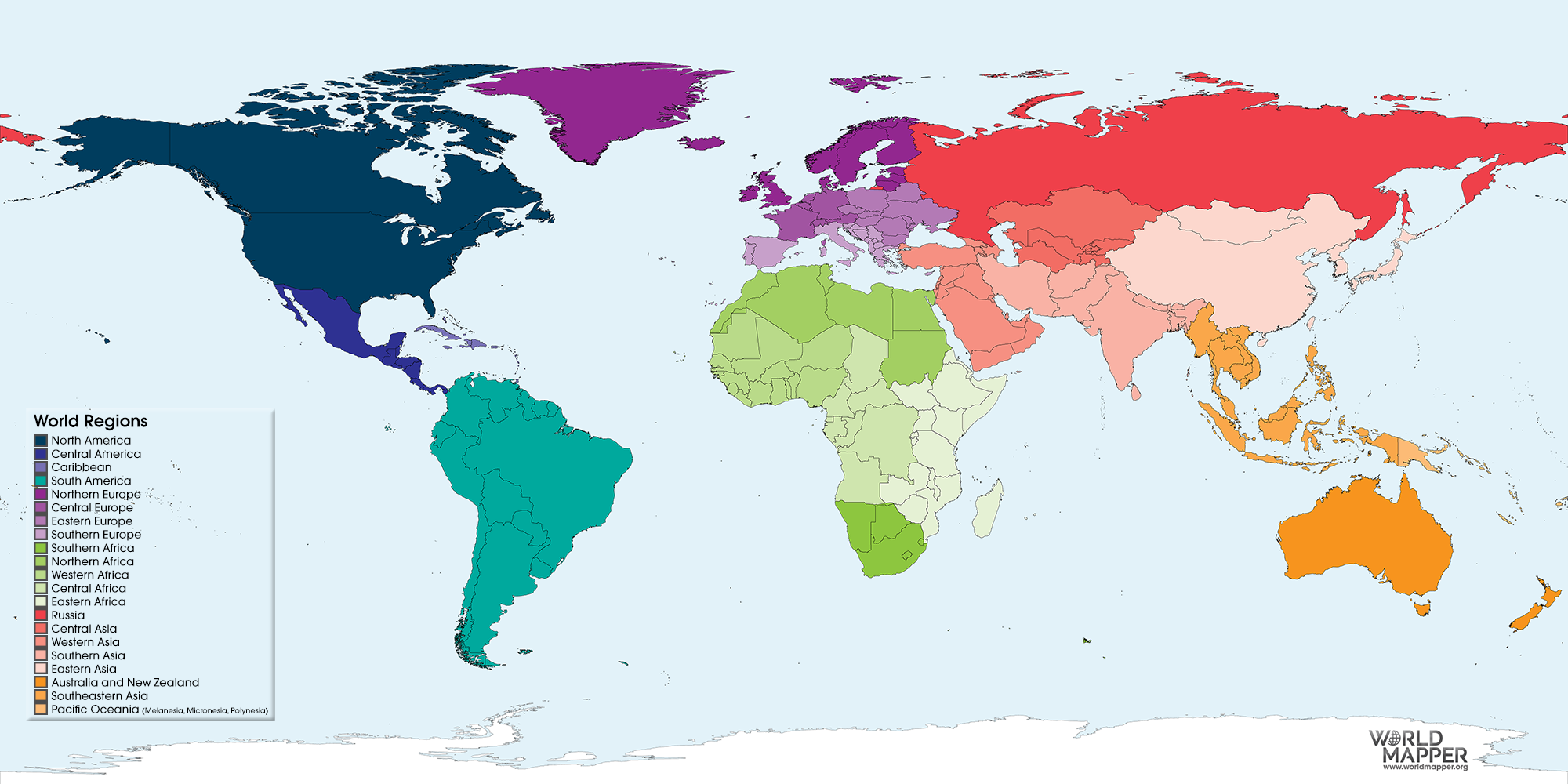Exploring the many facets of faith and community can be a truly enriching experience, and when we think about the global family of Islam, it's quite something how diverse and varied its traditions are. One significant part of this vast religious landscape is the community known as Shia Islam. This particular branch of the faith, as a matter of fact, holds a special place in the hearts of its followers, marked by a history that runs deep and a spiritual outlook that is very much its own.
For those curious about the various expressions of belief across the planet, understanding the Shia community offers a valuable look into how different groups within a major religion come to be. It’s not just about numbers or locations; it’s really about the distinct path this group has taken through time, shaped by specific moments and interpretations of sacred texts. This particular way of practicing Islam, you know, carries with it a heritage that is both profound and, in some respects, quite unique.
Our goal here is to shed some light on what defines this segment of the global Muslim community, moving past simple labels to appreciate the depth of its origins, the principles that guide its adherents, and the important events that have, quite literally, shaped its collective identity. We'll explore, in a way, the very foundations of this faith tradition, giving a picture of what it means to be part of the Shia population in world today.
- Hannah Ricketts Day Job
- Hollie Strano And Bradley Forward Still Together
- Remote Raspberry Pi Management Platform Free
- Did Martha Maccallum Have A Facelift
- Unblocked G
Table of Contents
- What Distinguishes the Shia Population in World?
- Understanding Shia Beliefs and Practices
- The Spiritual and Historical Depth of the Shia Population in World
What Distinguishes the Shia Population in World?
When we look at the wider Islamic faith, there are, you know, two main ways of thinking about things, two major groups. One of these is the Shia, sometimes called Shi'ah, which represents the smaller of the two major branches. It's a group that stands apart from the majority Sunnis, and that difference is quite important to them. Basically, a Shia Muslim, like any other Muslim, shares the very basic religious ideas of Islam. This includes, for instance, the idea that there is only one God, the concept of prophets, and the belief that Prophet Muhammad (peace be upon him and his household) was the last one, along with the holiness of the sacred texts. So, in many ways, there's a lot of common ground, a shared foundation of faith that connects all Muslims, regardless of their specific branch.
The Core of the Shia Identity in World
The distinction that marks the Shia population in world, however, really comes down to a very particular belief about who should have taken the lead after the passing of Prophet Muhammad. It's a core idea for them, something that sets their path apart. They hold that Prophet Muhammad, following a direction from God, picked Ali as his successor. This Ali, known as Ali ibn Abi Talib, was, in their view, the rightful leader, or "caliph." This belief in Ali's special place as the chosen one is, perhaps, the most important thing that makes the Shia community distinct. It's a matter of spiritual lineage and legitimate authority that shapes so much of their faith and practice, and it’s a belief that has, over time, pretty much defined who they are as a group.
How Did the Shia Population in World Begin?
The beginnings of the separation between the Sunni and Shia communities are, to be honest, deeply rooted in political disagreements that came up after the Prophet Muhammad passed away. While both groups hold onto the central beliefs of Islam, their divergence really came from different ideas about leadership. It wasn't about the core message of God, but rather about who should guide the community of believers in the earthly sense. This difference in opinion, so to speak, about the rightful succession is what led to the formation of two distinct paths within Islam. It’s a historical point that, you know, continues to shape their separate identities even today, a really significant moment in time for both groups.
Early Disagreements Shaping the Shia Population in World
The origins of the split between the Sunnis and the Shia are, in fact, tied to those early discussions about who should lead. It wasn't just a simple disagreement; it was a fundamental difference in how they saw the continuation of authority. This initial divergence, a sort of fork in the road, had lasting effects, shaping the identity of the Shia population in world quite profoundly. The argument over who should take the reins after the Prophet's passing led to separate ways of understanding religious leadership and, eventually, to the establishment of two major groups within Islam. This historical moment is, in a way, the very bedrock of the Shia identity, a truly foundational element of their collective story.
Understanding Shia Beliefs and Practices
Shia Islam is, quite honestly, a deeply spiritual and historically rich part of the Islamic faith. It’s not just a collection of rules; it’s a way of life that has been shaped by centuries of history and a very particular focus on inner meaning. From its earliest days, tied to the discussions about who should lead the community, to the truly moving and powerful story of Karbala, this branch of Islam has developed a deep theological outlook. It is, in essence, one of the two major groups within Islam, representing a distinct way of thinking about and practicing the faith. To really get a better grip on Shia Islam, it helps to learn about where it came from, what its core ideas are, how its followers practice their faith, and the contributions they have made over time. You know, it’s a complete picture.
Key Principles for the Shia Population in World
Beyond the fundamental beliefs shared by all Muslims, such as believing in one God, the role of prophets, and the idea of a final resurrection, the Shia population in world holds onto a very specific principle that sets them apart from Sunni Islam. This principle is called "Imamate." It’s a belief that the spiritual and political leadership of the Muslim community should continue through a line of divinely appointed Imams, who are descendants of Prophet Muhammad through his daughter Fatima and her husband Ali. This idea of the Imamate is, in a way, a defining characteristic of Shia thought. It’s not just about a leader; it’s about a spiritual guide, someone who has special knowledge and authority to interpret the faith. This concept is, quite literally, a cornerstone of Shia Islam, distinguishing it in a very significant way.
What Role Do Imams Play for the Shia Population in World?
The role of Imams is, you know, incredibly important for the Shia population in world. As we just touched on, the Imamate is a principle that is very central to their faith, and it helps distinguish them from Sunni Muslims. For Shia believers, Imams are not just political figures; they are seen as spiritual guides, possessing a special kind of wisdom and a direct connection to God's guidance. They are believed to be infallible and to have the right to interpret religious law. This means that the Imams play a crucial part in guiding the community, both in matters of faith and daily life. So, when you look at the basics of Shia Islam, its origins, its history, its key beliefs and practices, and especially the role of these Imams, you start to get a much clearer picture of what makes this branch of Islam so distinct. It’s, in a way, a deep exploration of spiritual leadership.
The Spiritual and Historical Depth of the Shia Population in World
Shia Islam, as a distinct branch of the faith, possesses a depth that is both spiritual and deeply rooted in history. It’s a tradition that has been shaped by powerful narratives and profound theological ideas. From its very beginnings, which were marked by discussions about who should lead the community after the Prophet, to the truly moving and, for many, heartbreaking story of Karbala, Shia Islam has developed a rich tapestry of belief. This includes not just the historical events but also a profound spiritual understanding that guides its followers. It's really about how historical moments have, in a way, shaped the collective identity of the Shia population in world, and how they continue to find meaning in those events.
The Story of Karbala and its Meaning for the Shia Population in World
The story of Karbala is, in fact, one of the most powerful and central narratives for the Shia population in world. It tells of the martyrdom of Imam Hussein, the grandson of Prophet Muhammad, and his companions in the city of Karbala. This event, which happened a long time ago, is not just a historical incident; it is a profound source of spiritual meaning, a symbol of sacrifice, resistance against injustice, and unwavering devotion to truth. It is a story that, you know, continues to inspire and shape the collective consciousness of Shia Muslims globally. The theological depth that has come from this event is immense, influencing their understanding of suffering, justice, and the importance of standing up for what is right, even in the face of overwhelming odds. It's a truly defining moment for them.
How Have Events Shaped the Shia Population in World?
To truly get a better grip on Shia Islam, it's really important to look at how historical events have, in a very real sense, shaped the identity of the Shia population in world. These events, particularly those early disagreements over leadership and the tragedy of Karbala, did not just happen and then fade away. Instead, they became foundational experiences that helped define who Shia Muslims are, what they believe, and how they practice their faith. Discovering how these moments from the past have influenced their collective identity is, in a way, like looking at the very blueprint of their community. It helps us see how their distinct theological ideas, their customs, and their contributions to the wider world have all been influenced by this rich and, sometimes, challenging history. It’s a continuous thread from the past to the present, you know, really quite remarkable.
This overview has explored the basic ideas of Shia Islam, looking at where it came from and its history. We have talked about some key beliefs and practices, and also looked at the role of Imams, shedding some light on what makes this branch of Islam distinct. The article has aimed to provide a picture of the Shia population in world by focusing on their origins, beliefs, and the historical events that have shaped their identity.
- Xmazanet
- Remote Iot Platform Ssh Key Free Raspberry Pi
- Best Remote Ssh Iot Over Internet Aws
- Raspberry Pi Iot Server Free
- Only Fans Ms Sethi


